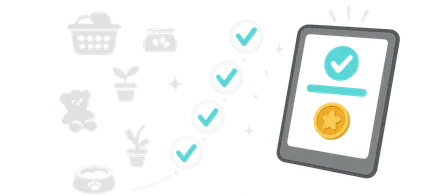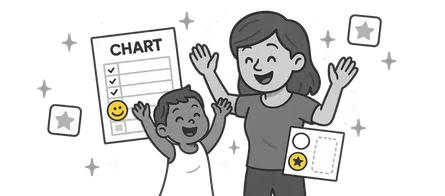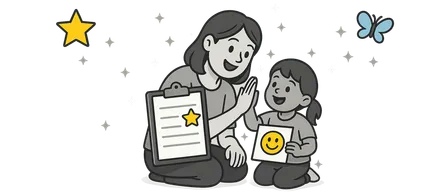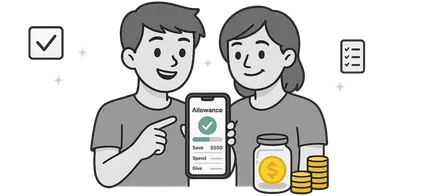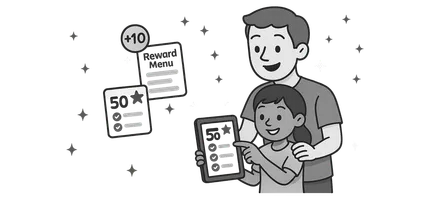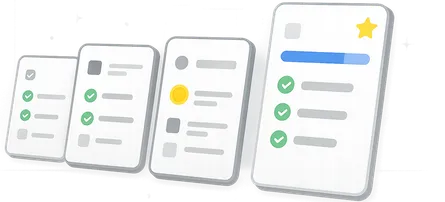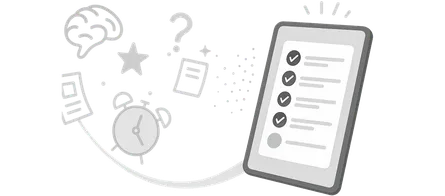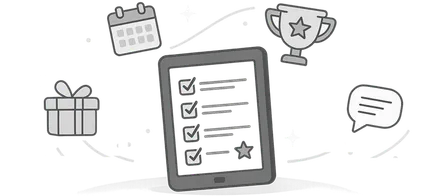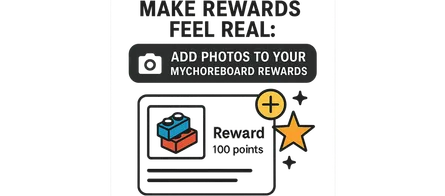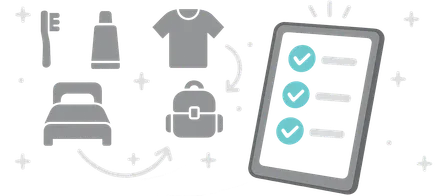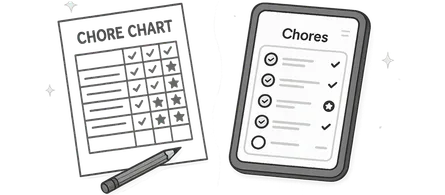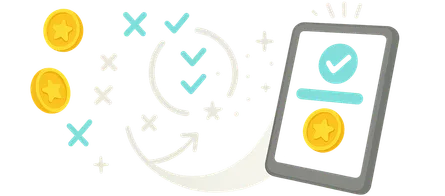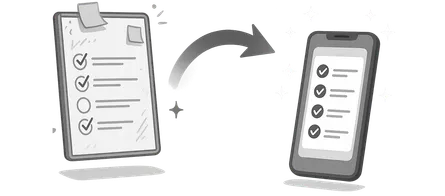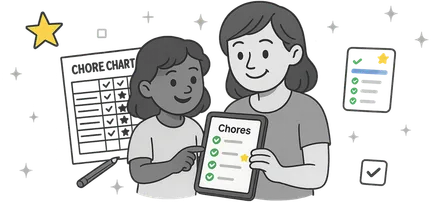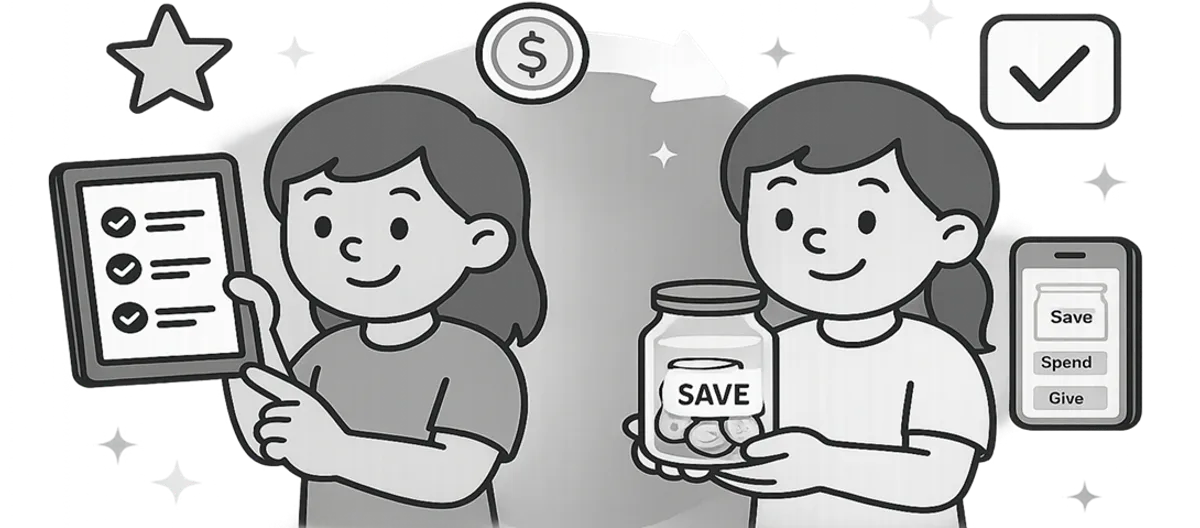
Chore Apps vs Allowance Apps: What’s the Difference?
- Jacob Volk
- Parenting , Financial Literacy
- 20 Sep, 2025
Most parents start looking for a “chore app” when they want to stop reminding their kids 50 times a day. Others start with “allowance apps” when they want to teach money management.
But somewhere along the way, those two categories start to blend together — and it’s easy to end up with overlapping tools that overcomplicate daily life.
This guide breaks down what each type of app actually does, where they overlap, and how to choose (or combine) them depending on your child’s age and your family goals.
Quick Definitions
- Chore app: Focuses on habits and accountability — things like morning/evening lists, streaks, points, and parent-approved rewards.
- Allowance app: Focuses on money flow and savings — tracking payouts, managing digital “jars,” or even connecting to debit cards.
Put simply:
Chore apps build consistency. Allowance apps build financial awareness.
Where They Overlap — and Where They Don’t
Both types of apps use motivation and accountability to teach responsibility, but the outcomes are different.
Shared Features
- Parent dashboards and approvals
- Reward tracking or goal-setting
- Optional tie-ins to real-world incentives (points, money, privileges)
Core Differences
| Feature | Chore Apps | Allowance Apps |
|---|---|---|
| Main Goal | Daily habits and routines | Saving, spending, and budgeting |
| Frequency | Daily/weekly | Weekly/monthly |
| Reward System | Points, badges, privileges | Cash or digital transfers |
| Learning Focus | Responsibility and follow-through | Financial literacy and budgeting |
| Ideal Age | 4–13 | 10+ (when kids understand money value) |
Which One Fits Your Family?
It depends on where your kids are in their independence journey:
-
If your main challenge is consistency:
Start with a chore app. You’ll get fewer reminders, more independence, and smoother routines. -
If your main goal is teaching budgeting:
Choose an allowance app that lets kids track spending and saving goals. -
If you want both accountability and finance skills:
Use a chore app for earning and an allowance app for managing what’s earned.
💡 Pro tip: Most families begin with a free chore app for structure, then layer in an allowance app once kids start asking questions like “Where does my money go?”
Real-Life Family Scenarios
🧒 Younger Kids (Ages 4–9)
Start with just a chore app. At this stage, kids respond best to visuals and immediate rewards. Stickers, screen time, or extra storytime work better than cash.
👧 Tweens (Ages 10–12)
Introduce hybrid earning — for example, 10 points = $1 each week. This teaches value without turning every task into a transaction.
🧑 Teens (Ages 13+)
Now’s the time for money management. Pair your chore app with an allowance app like Greenlight or BusyKid so teens can see how consistent effort builds financial independence.
A Simple Weekly Flow That Works
Here’s how families combine the two systems effectively:
- Track chores daily in your chore app (earning points or stars).
- Convert points weekly into a small payout or privilege.
- Deposit allowance into an allowance app or physical savings jar.
- Talk about goals — how much to spend, save, or give.
This flow keeps routines simple while weaving in early financial education naturally.
Frequently Asked Questions
- Not entirely. A chore app is designed for habit-building, not financial tracking. You can simulate an allowance by assigning point-to-dollar values, but it won’t handle real money transfers or savings goals.
- Not always. Many parents start with one chore app and simply do a manual payout each week. As kids grow, adding an allowance app helps them learn to budget what they earn.
- Around ages 10–12, when kids can grasp abstract money concepts like saving and spending. Younger kids benefit more from visual progress and immediate rewards.
- BusyKid, Greenlight, and GoHenry are popular choices. MyChoreBoard intentionally stays focused on routines and rewards, allowing families to integrate whichever finance tool they prefer.
- Keep it simple: 1 point = $0.10 or $1 per completed list. Review together once a week so kids see effort translate into earnings. This reinforces the link between consistency and reward.

Ready to try MyChoreBoard with your kids?
Install on any phone, tablet or computer. Free with no sign-in hoops.
Get Started Now